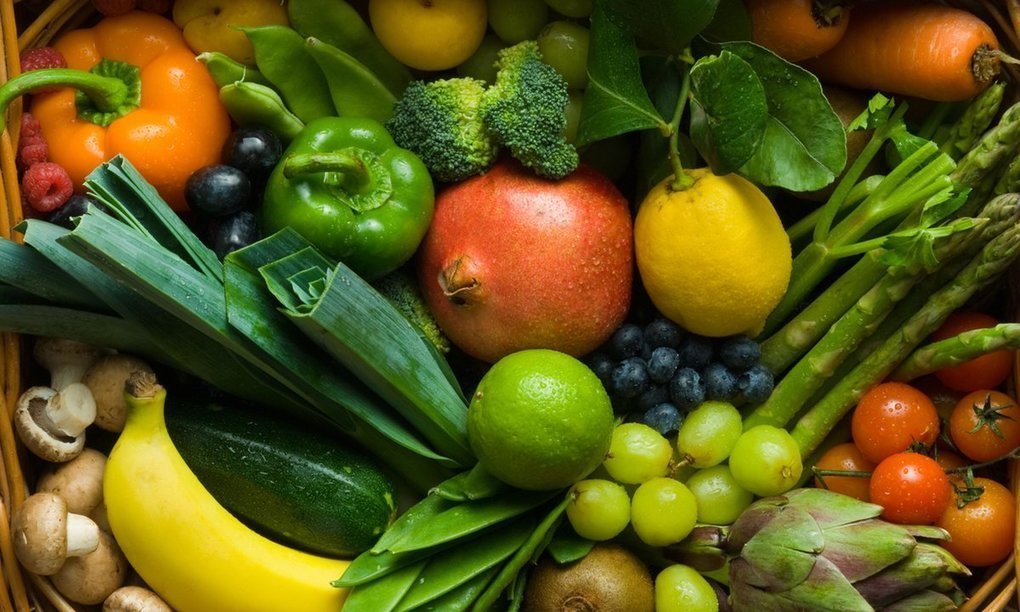Converts to the bestselling blood sugar diet say you can. When one type 2 diabetic tried it, he reversed his condition. Four years on, is he still cured?
Read the full article at: www.theguardian.com
People with type 2 have to become nutrition experts and learn how to count the carbohydrates in their food. They should be very careful for it’s the carbohydrates in foods that get processed into blood sugar in the body.
At DietSensor, we want you to fight your fear with knowledge and have made it so easy for you so that you may have a better standard of living. You can stop being a religious calorie counter – manually logging in meals can be so EXASPERATING, and we are aware of it.
The DietSensor scans food, reads the spectrometric scans from your SciO scanner and then sends accurate analysis of your homogeneous food or beverage to your smartphone. And the most exciting part is that DietSensor provides you with accurate results with any homogeneous food, even with HOMEMADE dishes and beverages that do not have a nutritional label.
Remember that your own self-care actions can make a big difference to your health. You are not helpless! After all, it’s not diabetes itself that typically causes serious problems, it’s poorly-controlled diabetes. With your DietSensor app and with good care, you can live a long and healthy life. Better living through molecular scanning ! Welcome to the future.

